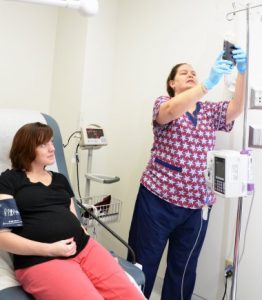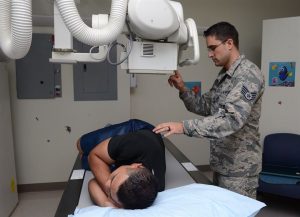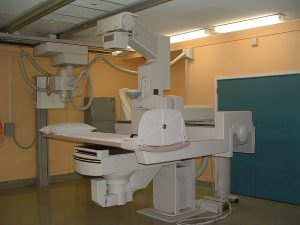Occupational Radiation Dose Records: Why They Are Important

In addition to the individual reporting of occupational doses, the conditions under which workers are exposed to radiation are also monitored with workplace records. Sometimes workplace records must be relied upon to estimate individual doses when a particular employee’s occupational radiation dose record is not available. Workplace records are useful in assessing the effectiveness of the radiation safety program at a facility.




